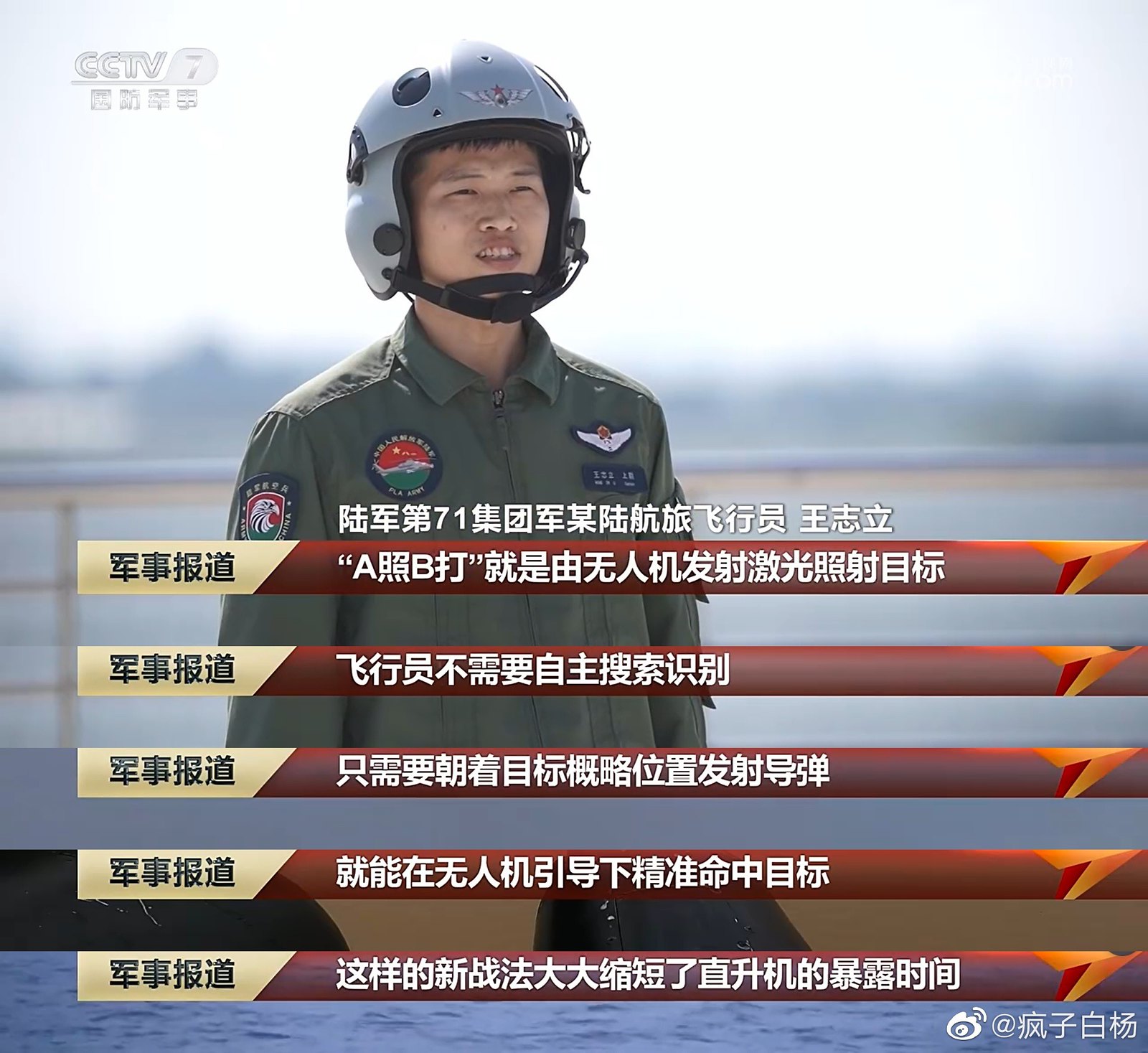The pursuit of integrating fixed wing UAVs onto LHDs like 075 or more likely 076, as well as large deck carriers, is of course something that's going to happen.
But there's no reason to think specifically it has to be a GJ-1/2/11 variant or a WZ-10 variant (though we know that it seems a WZ-10 variant seems to be developed for CATOBAR, but whether that is for operational purposes or not).
There are going to be a whole variety of medium and high end fixed wing UAVs for naval applications and linking it with existing types probably isn't the best way to think about it long term.
Of course, and much thanks for your heads-up.
Though, my post is mainly discussing regarding different types of special roles (AEW, ASW, EW, ELINT, SIGINT etc) that UCAVs that are to be/in the process of adaptation for flat-deck use will be handling/tasked with - Plus those that are being designed for use on Chinese CVs and LHDs from the ground up.
The specific UCAV models are listed for example purposes only.
Whatever they have designed for naval operation probably needs greater range and just be larger
Definitely, and I believe that won't be limited to flat-deck-based special role UCAVs either.
We'll most likely see UCAVs of all types and roles, both land-based and flat-deck-based, getting larger and faster as they get even more powerful, more resilient, more reliable, and equipped with superior autonomous plus role/mission executing capabilities than they are right now.
It will be massively intriguing to witness the development of these UCAVs in the coming years.




